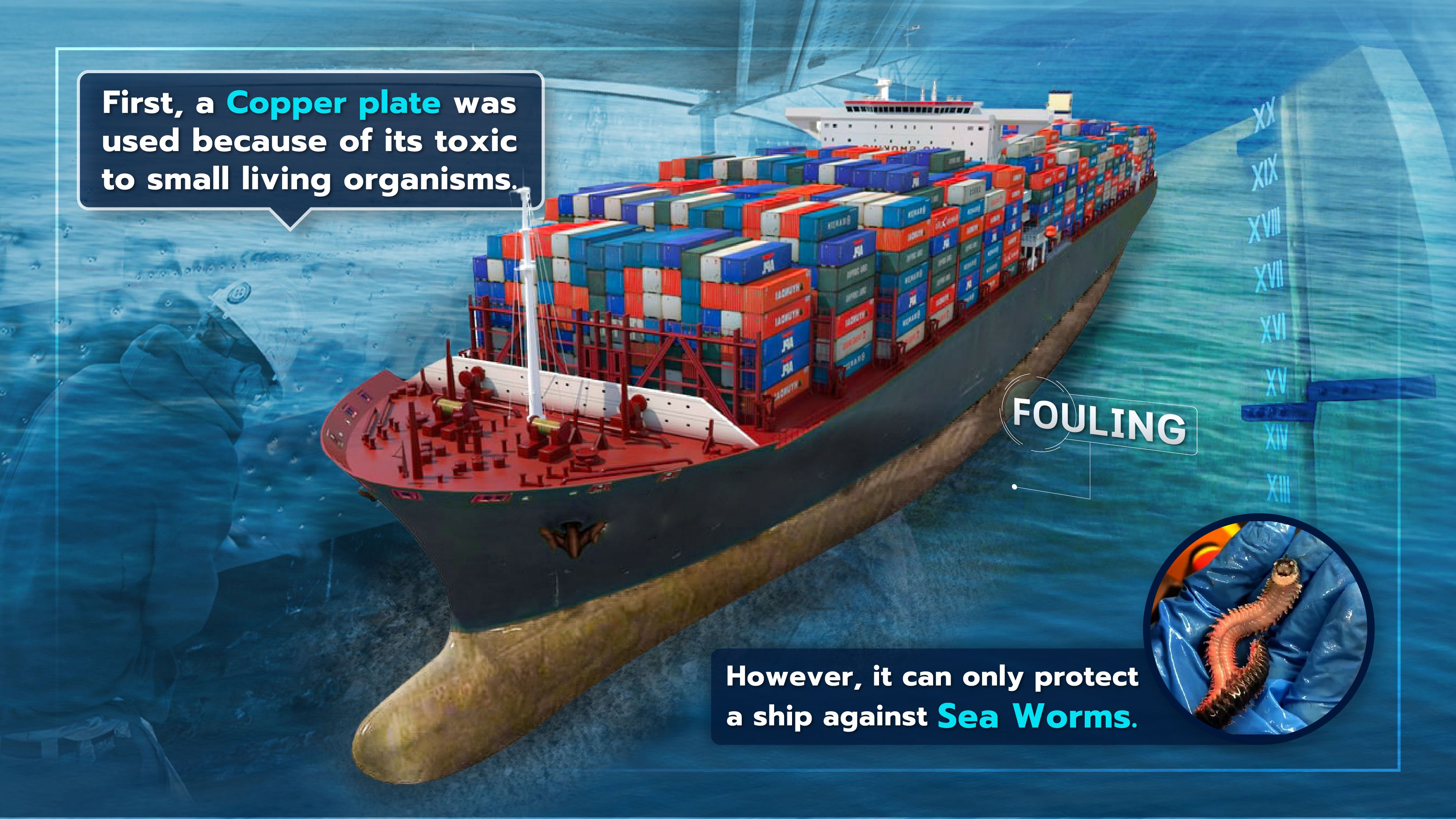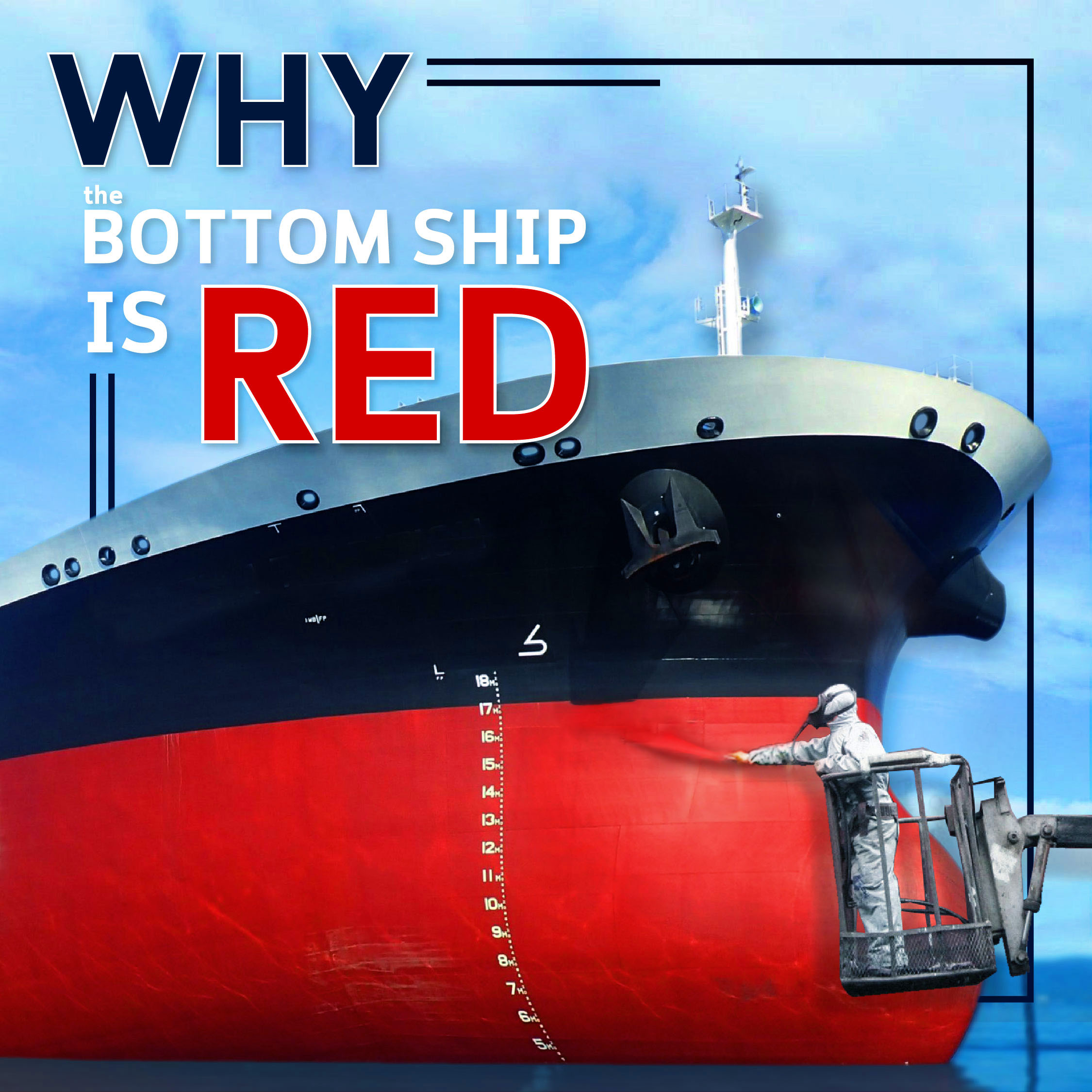If you look closely, you will see that the lowest half of the hulls of most vessels on the planet are painted red. It is usually buried in water But is it red?
Many people would have assumed that the island was painted Red to protect it from fouling.
The problem of 'barnacle' or 'fouling' is unavoidable for all ships. The Royal Academy lexicon defines 'barnacle' as a barnacle, however the English term 'fouling' covers it. To all the marine creatures and plants that colonized and thrived at the hull's bottom.
 Go back to the early days of seafaring. Wood, a porous material, is used to construct the boat.
Go back to the early days of seafaring. Wood, a porous material, is used to construct the boat. In addition, the ship sailed at a very slow speed compared to modern ships. Therefore, the hull is a great source for the growth of marine fauna and flora. when there are more Vessels, it has to carry more weight by default, this raises the drag load and slows the ship down.
One of the first innovations to help mitigate this problem was a copper sheet,
it was secured to the hull However, it could only keep sea worms from penetrating the hull.
The reason for choosing copper is because it has properties that are toxic to small organisms, which can be answered to a certain extent.
Later, modern ships began to use metal as a shipbuilding material. The sea worm problem has been resolved.
But other marine animals and plants that come to the bottom of the ship still exist. It is the genesis of the creation of antifouling paint, which incorporates copper as a fundamental element. And it's the inherent hue of copper that gives the red antifouling tint.
In fact, with advancements in technology today, any color can be mixed. However, the majority of people choose to preserve the red color because it is founded on long-established traditions
In addition, at the bow of the boat there is a vertical white number writing.
It is used aboard ships to determine the weight of cargo. Helping to determine the quantity of gasoline that will be consumed for transportation more efficient as well.
Various compounds have also been created and developed to avoid fouling such as Tri-Butyl Tin (TBT). Boat builders are consequently seeking for alternatives that are less damaging and ecologically friendly as feasible.
refer
https://www.marineinsight.com/videos/video-why-are-ships-painted-red-below-the-waterline/
https://www.chi.co.th/article/article-850/









